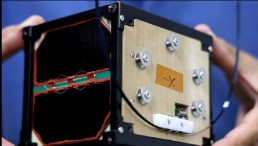space
Retired NASA Astronaut Shares What It's Like to Land on Earth, Compares It to a Series of Car Crashes

Scientists Claim Viruses Might Be Thriving Somewhere in the Universe
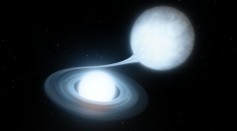
Scientists Discover a Black Hole Causing Rare Supernova

Scientists Chart Origin, Formation of Ultra-Diffuse Galaxies; Dark Matter Possible Key to Unusual Structure
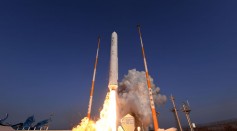
South Korea Launches Task Force To Further Develop Space Capabilities After US Lifts Limits in Rocket Development

White Dwarfs' Anti-Aging Secret Captured by Hubble Space Telescope's Wide Field Camera
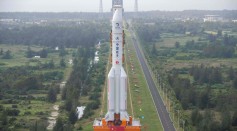
China Plans To Build A Kilometre-Long Spacecraft That Mimics A City In The Sky
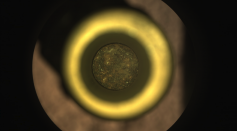
How NASA's Perseverance Imaged the First Cored Martian Rock with Mastcam-Z: A Step-by-Step Overview
New Hot Jupiter Found; Astronomers Say the Discovery is Twice Larger Than the Gas Giant Planet
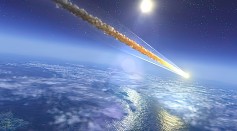
Giant Meteor Lights Up The Sky Over France, United Kingdom
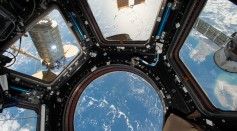
SpaceX Inspiration4 Crew Gets To See Mind-Blowing Dragon Capsule's Cupola; Will They Use Apple Gadgets In Mission?
Russian Cosmonauts To Conduct More Spacewalks Outside ISS This Week After Grueling 11-Hour Task

Mars Missions Should Not Exceed 4 Years To Protect Astronauts Health, Space Equipment From Harmful Particles, Radiation
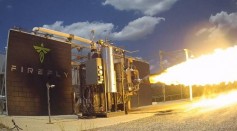
Firefly Alpha Rocket Explodes Mid-Air, Company Explains Why It Happened [WATCH]
Most Popular

How Technology Is Changing the Real Estate Industry?

Nikolay Karpenko Biography, Photo, Career, Accomplishments

Newly Discovered Mammal 'Heleocola piceanus' Was a Swamp Dweller Coexisting With Dinosaurs

Optimizing Complex Catalog Systems with Graph Theory and Indexing


